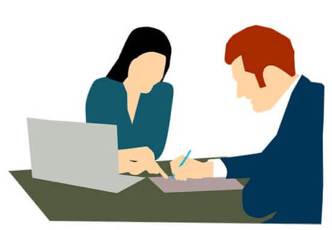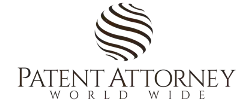Step 7: Office action- Response to objections
A response to objections in an office action is a formal reply submitted by the applicant to address the objections raised by the patent office during the examination process. It typically includes arguments, amendments, and supporting evidence to overcome objections and persuade the examiner to grant the patent.

After the examination of a patent application, the patent examiner may issue an office action containing objections to the claims or other aspects of the application. Objections are raised when the examiner believes that the claims do not meet the requirements of patentability or when there are formalities or procedural issues with the application.
The objections typically point out deficiencies or inconsistencies in the claims, prior art references, or the description of the invention.
You may respond to objections raised in office action in the following ways:
- Arguments for objections, explanations, or clarifications,
- Doing required amendments,
- Or try to convince the examiner with additional proof and information
Based on the type of objection and its validity:
You may propose amendments to the claims to overcome the objections. In general, the claims are amended to reduce the scope by adding some limitations or clarifying the language to make them compliant with the patentability requirements.
In other instances, you may need to do formalities or procedural corrections to overcome the objections. And some times you may need to provide additional information like experimental data, a working model to demonstrate the functionality of the invention or an expert opinion.
Based on the response to objections received by the patent examiner, the examiner may:
- withdraw the objections, and proceed to grant or
- request further amendments or clarifications, or
- issue a final rejection
The examiner issues the communications for discussing the application with you (applicant). Such discusison with the examiner could happen
- in writing,
- on the telephonic discussion or
- by videoconference (VC)
If oral proceedings are requested by the applicant or arranged at the EPO’s initiative, they are held before the full examining division by videoconference. The final decision on the grant of the patent or refusal of the application is also a matter for the full examining division.
The majority of patent applicants will receive some type of objection based on the examination report. The objections raised on your patent application would be communicated with you, by official letter from the EPO. You would get the opportunity to make amendments or contest the objections raised within a given time.
Office action contains the objections raised about your patent application by the patent examiner, which can range from a variety of objections. You (inventor) has a chance to respond to objection and put your side in front of the examiner, this is something called “response to office actions” in most cases the response is drafted with the help of your patent attorney.
This is a chance for an inventor to communicate his novelty or inventive step over prior arts found in the examination report. The inventor and patent attorney create and send a response to the office action that tries to prove that his invention is indeed patentable and satisfies all patentability criteria. or optionally modifies the claims accepting objections raised, that is the applicant may amend the patent application as specifically required by the examiner and proceed with the grant of patent.
If oral proceedings are requested by the applicant or arranged at the EPO’s initiative, they are held before the full examining division by videoconference. The final decision on the grant of the patent or refusal of the application is also a matter for the full examining division.
If EPO is satisfied with the response to the objections or the amended patent application. Upon finding the patent application in order of grant, The patent is granted to you (inventor) / applicant as early as possible !!!
| Office action | Responsibilities | |
| Inventor |  | help the patent agent/attorne in technical matters of invention (If required) with drafting response for objections. |
| Patent agent or attorney |  | draft the response to objections raised with the help of the inventor. Or amend the patent application accordingly. Request for oral proceedings if desired. |
| Patent office |  | receive response of objections and decide whether a hearing is needed and whether to grant patent or not |
Next article : Step 8: Grant of patent / Notice of Allowance
